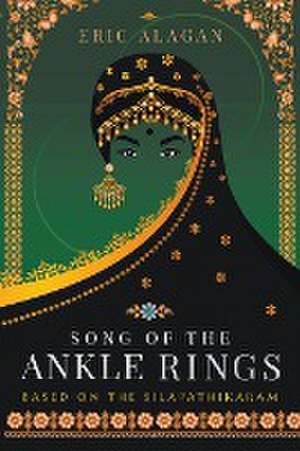Song of the Ankle Rings
Autor Eric Alaganen Limba Engleză Paperback – 22 aug 2023
Preț: 141.08 lei
Nou
Puncte Express: 212
Preț estimativ în valută:
26.99€ • 28.26$ • 22.34£
26.99€ • 28.26$ • 22.34£
Carte tipărită la comandă
Livrare economică 05-19 aprilie
Preluare comenzi: 021 569.72.76
Specificații
ISBN-13: 9798223925187
Pagini: 284
Dimensiuni: 152 x 229 x 17 mm
Greutate: 0.42 kg
Editura: N. ARIVALAGAN
Pagini: 284
Dimensiuni: 152 x 229 x 17 mm
Greutate: 0.42 kg
Editura: N. ARIVALAGAN
